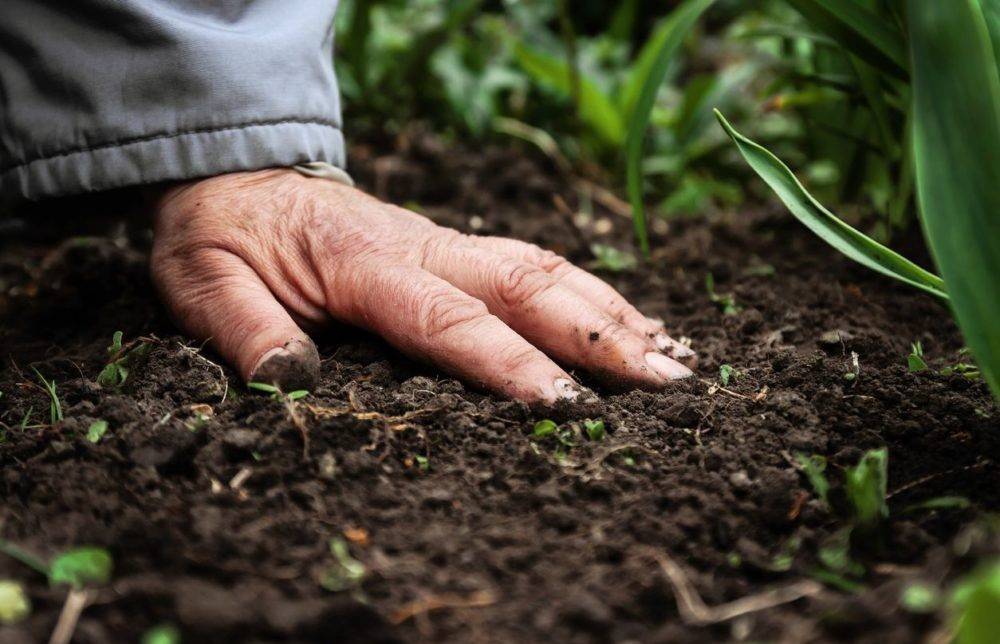
With the value of each carbon credit computed at $6, the current project will generate Rs 230 crore in revenue. Carbon markets are trading mechanisms in which carbon credits are bought and sold.
It enables investors and businesses to trade carbon credits and offsets at the same time. This helps to alleviate the environmental crisis while also opening up new market prospects.
Each traded carbon credit represents one tonnes of CO2 or other greenhouse gas reduction or sequestration. In 2021, the worldwide carbon credit market was valued at $760 billion, and it is expected to reach $2.68 trillion by 2028.
Surprisingly, India is a major exporter of carbon credits. According to S&P worldwide, it issued 278 million credits in voluntary carbon markets between 2010 and 2022, accounting for 17% of worldwide supply.
Meanwhile, the Yogi Adityanath administration has partnered with The Energy and Resource Institute (TERI) to establish six agroforestry-based carbon finance projects across 29 districts in Meerut, Moradabad, Saharanpur, and Lucknow divisions. According to a senior official in the environment, forest, and climate change department, carbon finance operates on the 'polluter pays concept,' with polluting companies purchasing carbon credits.
"The project will promote wood lots as farm forestry and increase tree cover outside of the forest area," he explained. Agroforestry, often known as tree-based farming, is a natural activity that promotes carbon-neutral growth. The carbon credit obtained through agroforestry is sold at a price determined by the project's social benefit.
As a result, farmers now have a proven blueprint for securing carbon credits through agroforestry and profiting from their sale. Because agroforestry is a natural option for climate-friendly farming, such trees provide plentiful raw materials for the wood and paper sectors. India was the first country to implement an agroforestry policy to boost employment, production, and environmental conservation in 2014.
The UP green cover is 9.23 percent or roughly 2.22 million hectares (MH) of the entire geographical area of about 24 million hectares (MH). The state is now aiming to enhance its green cover from 9.23% to 15% by 2026-27 by increasing forest/green area by 1.40 MH, planting 1.75 billion trees, and encouraging farmers to practice agroforestry.
















